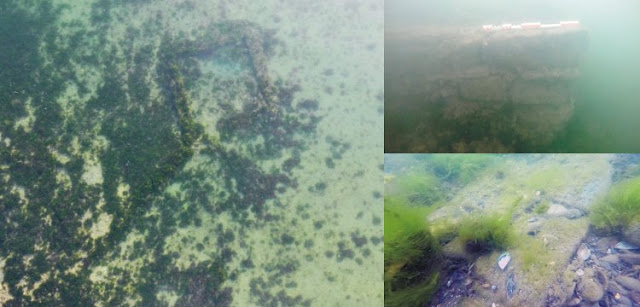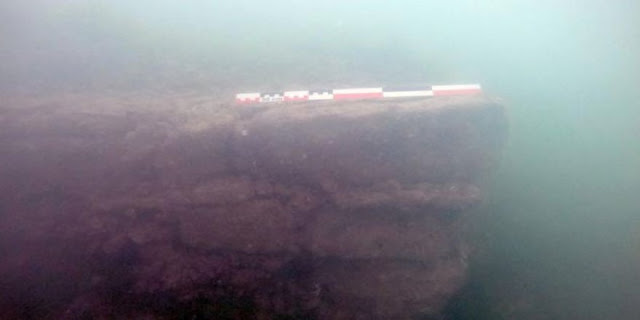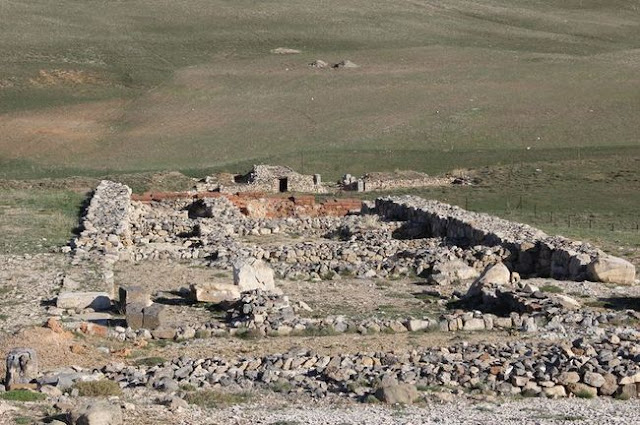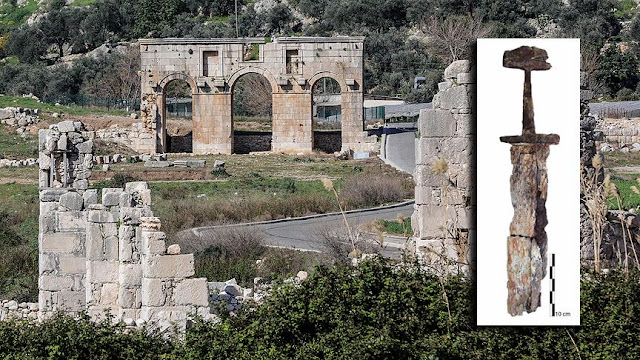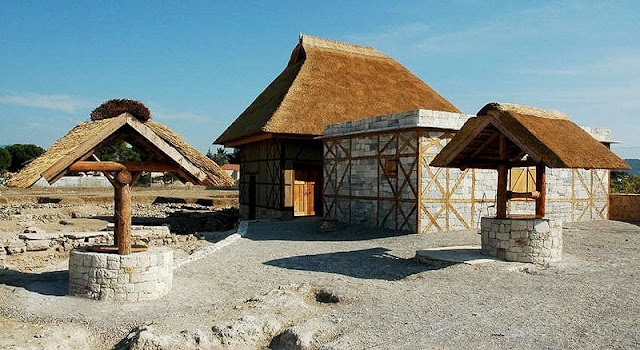
Istanbul show to feature old city Sagalassos
Another display at the Yapı Kredi Cultural Center offers a look into the antiquated urban life in Sagalassos, says delegate executive of removal works
Many curios from the old city of Sagalassos, situated in the southern area of Burdur's Ağlasun locale, are in plain view at another presentation opened on Nov. 27 at the Yapı Kredi Cultural Center in Istanbul.
Extraordinary compared to other protected old urban areas of the Mediterranean, Sagalassos is remembered for the Tentative List of UNESCO World Heritage Sites.
Sagalassos ancient city promotional video
The presentation, titled "Then in the Mountains: Sagalassos," will be open through May 28, 2020.
Subside Talloen, agent executive of the exhuming takes a shot at the site, told the state-run Anadolu Agency that the utilization of unique material during the reclamation work was what makes Sagalassos one of a kind.
The Sagalassos old city in Aglasun region of Burdur territory is 1,750 meters above ocean level and goes back 5,000 years.
Since the city was situated at a high spot, a great deal of the antiquated structure is actually how it was in the thirteenth century when it was deserted, said the educator of Turkey's Süleyman Demirel University.
Talloen, who started working at the site as an understudy in 1995, stated: "Individuals visiting the site get the genuine impression of what the antiquated urban life, living in a city implied in ancient times."
He said the site is exceptionally near its unique state. "This spot was truly surrendered, the populace descended to the valley and they didn't take any antiquated stone or any article from the old city, everything was left as it seemed to be."
The show acquaints guests with the antiquated city of Sagalassos, established on the southern slants of the Taurus mountain go, and the historical backdrop of the area of Pisidia.
From Statues of Gods and Goddesses to Mammoth Bones, the display contains numerous and disparate chronicled objects from mammoth bones from the Burdur locale demonstrating that they lived in ancient Anatolia, to the enormous statues of the Roman rulers Marcus Aurelius and Hadrian.
Articles like the earthenware dolls of divine beings, goddesses and legends reflecting conviction customs, a statuette of Alexander the Great, stone devices, enhancing things, cooking and nourishment vessels from Sagalassos and the district of Pisidia from various periods, shed a light on the past and the day by day and public activity of the occupants of antiquated Sagalassos.
At the passageway to the historical center guests are gotten by the statue of ruler Marcus Aurelius that was uncovered at the Roman Baths at Sagalassos.
Initially around five meters high and cut in white marble, the head, arms and legs are shown at the display. The reclamation of the Antonin Fountain at Sagalassos, which was worked in the rule of Marcus Aurelius, was finished in 2010. The head of ruler Hadrian, who named Sagalassos Pisidia's first city, can likewise be seen at the show. The sovereigns Hadrian and Marcus Aurelius are among Rome's Five Good heads.
Meeting the Pisidians
Specialists have reproduced the faces having a place with the skulls discovered during the Sagalassos uncovering of a Roman man dated to the third century BC and to a Byzantine lady dated to the eleventh century.
Removal chief Jeroen Poblome, who describes face reproduction as a mix of science and imagination, takes note of that the advanced face recreations have a precision of 75 percent.
The Pisidians, whose genuine names are obscure, have been named Rhodon and Eirene by the exploration group. With the busts of Rhodon and Eirene having been brought to the presentation, guests have the chance to meet antiquated Pisidians.
The Upper Agora uncovered during the Sagalassos unearthings just as the best instances of statues of rulers, divine beings and saints recouped there are likewise on appear.





